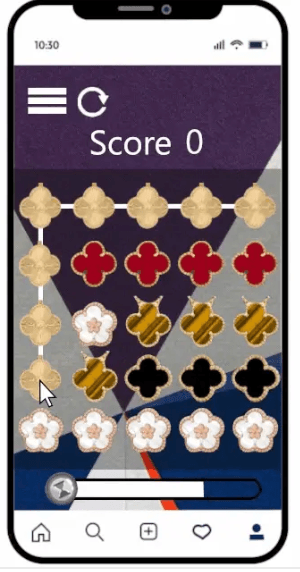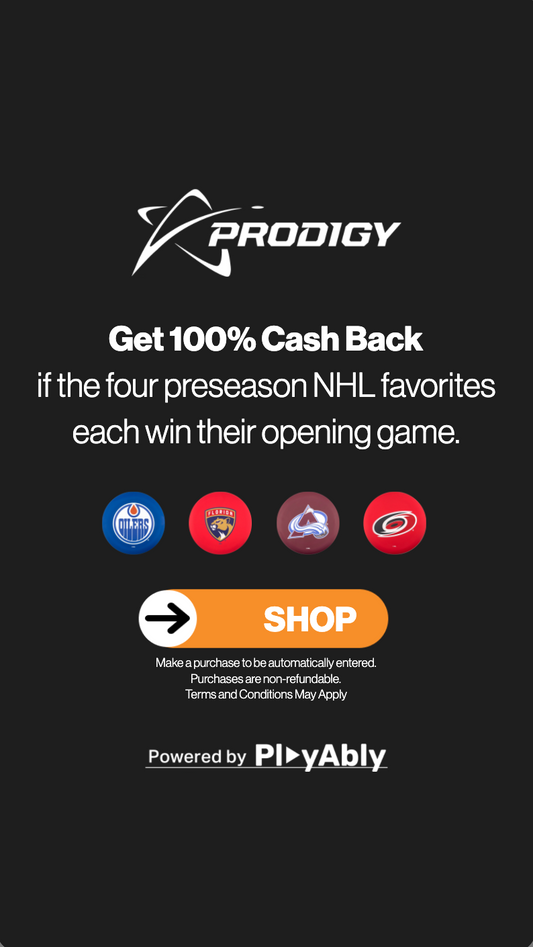Using Gamification to Improve Mobile Shopping Experiences
Vintage Cars Customizable Game
Creating Customer Journeys Experiences in eCommerce with Gamification
Download The Guide
With mobile devices dominating online shopping, creating an engaging mobile experience is more important than ever. Gamification offers a unique way to enhance mobile shopping, making it interactive and enjoyable while increasing customer retention and conversions. This article explores effective gamification strategies tailored to mobile shopping, showing how they can boost engagement and improve the overall shopping journey.
Why Mobile Shopping Needs Gamification
Mobile shopping presents a unique set of challenges and opportunities. While it offers convenience, it can sometimes lack the engaging, immersive experience that desktop shopping provides. Gamification bridges this gap by adding interactive elements that keep customers engaged. Research shows that gamified experiences on mobile can increase engagement by up to 30%, as they capture attention and encourage users to spend more time on the app or website.
Vintage Cars Customizable Game
Gamification and conversion optimization go hand in hand. While gamification keeps users engaged, conversion optimization ensures that engagement leads to action—whether that’s making a purchase.
Download The GuideEffective Mobile Gamification Strategies
1. Spin-to-Win and Interactive Pop-Ups
Spin-to-win games and interactive pop-ups work particularly well on mobile because they’re quick, easy to use, and offer instant rewards. These games create excitement and encourage users to stay on the app or site longer. For example, a spin-to-win wheel that offers discounts or free shipping creates an engaging experience while incentivizing customers to make a purchase.
To optimize this strategy:
- Ensure pop-ups and games load quickly to maintain smooth navigation.
- Use minimal text and large touch targets for easy interaction on smaller screens.
- Offer valuable rewards to increase the likelihood of conversions.
2. Mobile-Exclusive Challenges and Rewards
Creating mobile-exclusive challenges or rewards can drive engagement by giving users an incentive to shop via their mobile devices. For example, offering bonus points, exclusive discounts, or special access to products for mobile users creates a sense of exclusivity and keeps them coming back to the app.
Mobile-specific challenges, such as completing a purchase within a set timeframe, can also tap into the psychological principle of urgency, encouraging faster decision-making. Data shows that limited-time mobile rewards can increase conversions by up to 20%, as users feel motivated to act quickly.
3. Progress Bars and Checklists
Progress bars and checklists work well on mobile as they’re visually engaging and provide a sense of accomplishment. Showing progress toward a goal—such as unlocking a discount or completing a loyalty milestone—keeps customers engaged and motivates them to continue shopping to reach their reward.
To make this effective:
- Use clear visuals that are easy to view on mobile screens.
- Offer incentives for reaching each milestone, creating a rewarding experience.
- Ensure the progress bar updates in real-time to maintain engagement.
4. Quick-Response Quizzes and Surveys
Quizzes and surveys that help users find the right products or services can be highly effective on mobile, where users may be looking for quick, guided experiences. By answering a few targeted questions, customers receive personalized recommendations, which makes the shopping process more enjoyable and efficient.
A mobile-optimized quiz or survey enhances user experience by providing relevant suggestions. Studies show that personalized recommendations can increase mobile conversions by up to 15%, as customers feel more confident in their choices.
5. Location-Based Rewards and Notifications
Location-based rewards and notifications take advantage of mobile’s unique capabilities. By using GPS, brands can offer exclusive rewards or discounts when users are near a physical store location, encouraging them to visit. For example, sending a notification about an in-store discount to a user within proximity can drive foot traffic and increase conversions.
Location-based gamification is especially effective for retail brands with both online and physical stores, as it seamlessly bridges the digital and physical shopping experience.
Best Practices for Mobile Gamification
To maximize the effectiveness of gamification on mobile, keep these best practices in mind:
- Prioritize Ease of Use: Mobile interactions should be simple and easy to navigate. Use large buttons, minimal text, and intuitive design for seamless gameplay.
- Optimize for Speed: Mobile users expect fast loading times. Ensure gamified elements are optimized for quick loading and smooth transitions.
- Make Rewards Valuable: Customers are more likely to engage with gamified content if the rewards are meaningful. Offer discounts, free shipping, or exclusive access to make the experience worthwhile.
- Test Responsiveness: Regularly test gamified features across different devices to ensure they work smoothly on various screen sizes.
Measuring the Impact of Mobile Gamification
To evaluate the success of gamified mobile experiences, track the following metrics:
- Engagement Rate: Measure the percentage of users who interact with gamified elements.
- Conversion Rate: Track how many users complete purchases after engaging with a gamified feature.
- Retention Rate: Monitor the rate at which mobile users return to the app or site after engaging with gamified content.
- Time on Site: Track how long users stay on your mobile site or app after interacting with gamified elements.
Enhancing Mobile Shopping with Gamification
Gamification adds an exciting layer to the mobile shopping experience, making it more enjoyable and engaging for customers. By implementing strategies like spin-to-win games, progress bars, and mobile-exclusive rewards, brands can create a mobile shopping journey that stands out, encourages repeat visits, and boosts conversions.
In a world where mobile shopping is becoming the norm, gamified experiences offer a way to capture attention, create memorable interactions, and build long-term loyalty. When designed with ease and value in mind, mobile gamification strategies can transform casual shoppers into loyal customers, helping brands achieve sustained growth in the competitive eCommerce space.



